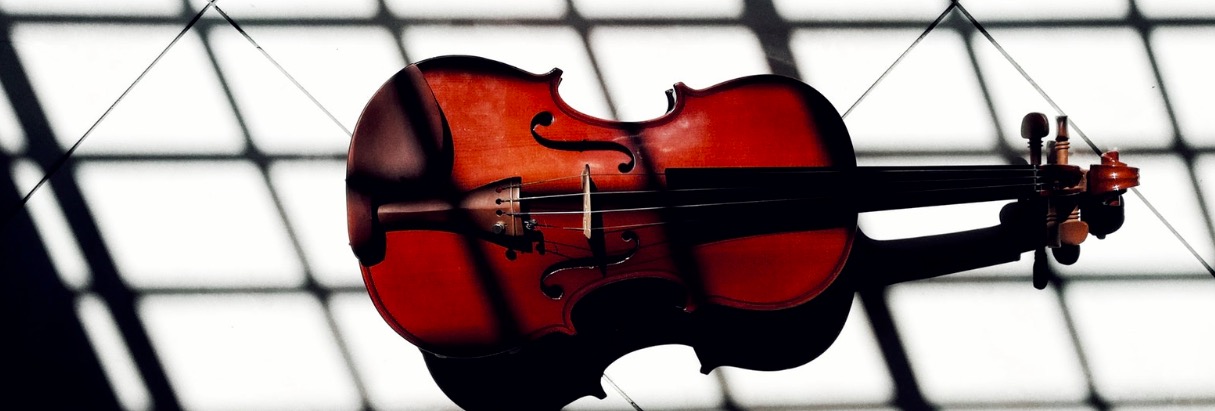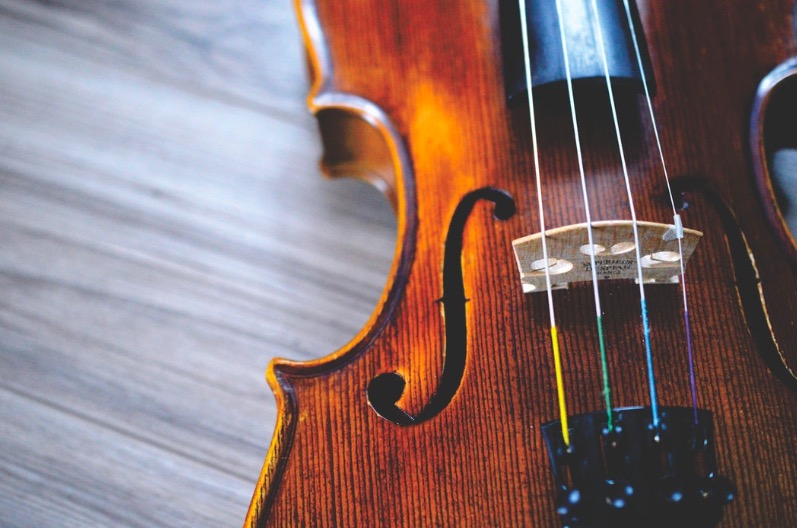"Music with Dinner Is an Insult Both to the Cook and the Violinist"
Can music be beneficial to restaurant sales, or does it annoy diners?

What's the Big Deal about Music in Restaurants?
The quote, "Music with Dinner is an Insult Both to the Cook and the Violinist" comes from Gilbert K. Chesterton, a prolific British writer who lived between the 19th and 20th century. He was known as the 'King of Paradox', which is why many of his quotes were so polarizing. In this article, we'll take a deep dive into whether music can truly be beneficial for restaurants, or if it acts as a deterrent to repeat business.
First, it's important to take a look at the reasons why many restaurants opt to play music. Usually, music in a restaurant boils down to one of the following reasons, [1] "to accompany and enhance the food; to create ambiance and atmosphere; to influence menu choices; and, by making people eat faster, to increase table turnover."

Does Music Actually Impact Customers?
Quite simply, yes. Music does actually impact customer behaviour. Let's take a look at how:
1. Tempo
A study performed in 1999 showed [2] "Slow music caused customers to spend a significantly higher dollar amount on alcohol and spent more time eating while fast music led to a faster meal and shorter wait times for incoming patrons." The same trend could be seen in supermarkets where customers who listened to fast music shopped at a faster pace and left the store sooner. Playing slower music led to more sales since customers took more time to browse the shelves while listening to slower music.
Backing this claim up is an article from the National Restaurant Association, which reveals the following three facts [3]:
1. Customers chew food 30% faster when listening to quick music, which often led to faster table turnover.
2. Men tend to buy more drinks when they listen to faster music and also usually finish their drinks faster.
3. Customers increased their average bill size by 23% while listening to slow or classical music. This trend is because customers tended to order 51% more drinks, which are a high-margin item.
It's best to decide what music tempo is best for your business by identifying what your priorities are. For example, a fine-dining restaurant will want customers to spend as much time as possible while dining, so that they are more likely to spend on high-margin items. On the other hand, a late-night diner or a small mom and pop restaurant might prefer to have quicker turnover for a higher volume of customers.

2. Volume
Volume is a slightly trickier metric to measure, given that it yields less-concrete results than something like music tempo. So far, studies from Oxford University's Charles Spence suggests that louder music may actually make food taste more bland. This, it seems, it why aeroplane food often leaves so much to be desired in the flavour category. However, a recent study done by the University of South Florida claims that music volume can also dictate the types of food that customers order. This can be a real game-changer for different restaurant business, as the study found that loud music prompted [4] 20% more customers to order something unhealthy. The potential for restaurants to profit from this knowledge is simple, and is eloquently put by University of South Florida marketing professor, Dipayan Biswas who said, [5] "Restaurants and supermarkets can use ambient music strategically to influence consumer buying behavior,"

3. Genre
Genre is very important in ensuring that your customers not only enjoy a great meal with the perfect ambiance, but also potentially in determining how much they spend. A study conducted by the University of New South Wales in Australia found that [6] "With no music, the average spend was $17.12. Easy-listening music had an average spend of $19.67, classical was $20.20, and pop was $21.01. The type of music that encouraged the highest average spend in Wilson's study was jazz, at $21.82." This seems to suggest that more upbeat genres of music tend to lead to higher bills. However, it should also be noted that the genre of music you play should match the general ambiance and décor of your restaurant. A fine-dining establishment shouldn't play pop music, for example.

[1]https://www.psychologytoday.com/us/blog/hide-and-seek/201407/the-psychology-restaurant-music
[2]https://blog.motivemetrics.com/The-Psychology-of-Music-Why-Music-Plays-a-Big-Role-in-What-You-Buy
[3]https://www.restaurant.org/Articles/Operations/How-music-establishes-mood-and-drives-restaurant-p
[4]https://www.foodandwine.com/news/noisy-restaurants-ordering
[5]https://www.foodandwine.com/news/noisy-restaurants-ordering
[6]https://www.irishtimes.com/life-and-style/food-and-drink/can-music-affect-your-appetite-1.2759080